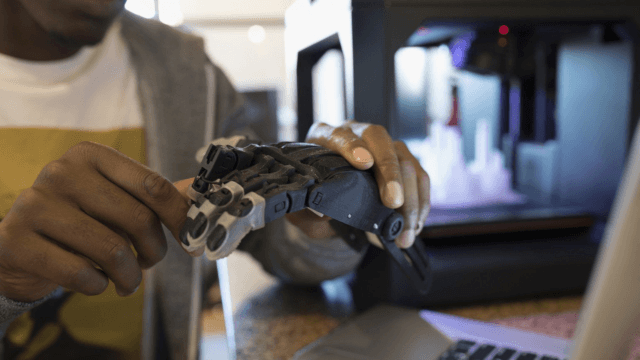
Views: 33
Transfer learning, the ability to use knowledge previously gained from one context in another, could teach cheap robots to perform as well as expensive ones.
One of the hardest challenges currently facing robotics is getting the robot to operate smoothly outside the lab. In a research setting, it’s feasible to equip the robot with expensive sensors and provide it an ideal environment to learn navigation. But in the real world, using the same sensors would prove costly and unfriendly for consumers. Plus, it is messy and imperfect.
Researchers at Vrije Universiteit turned to a type of machine learning known as transfer learning to see if they could solve the problem. Transfer learning is the process of taking what an algorithm has learned in one context and applying it in another. It could be used to adapt an algorithm that controls a robot in the lab so it can control a robot in the real world. That means the robot could first train with the advantage of better sensors and a better environment, and then exploit what it learned even when it only has cheap sensors and a poor environment.
To test this idea, the researchers created a robot in a simulated environment that it navigated first with the aid of eight proximity sensors, and then with a single camera. They found that when the robot-controlling algorithm used transfer learning to make decisions—with camera access only—it learned to navigate around the room much faster than when it used no transfer learning at all. It was also much faster than when it used transfer learning during training rather than decision-making.
Transfer learning, the ability to use knowledge previously gained from one context in another, could teach cheap robots to perform as well as expensive ones.
Robot Cheaper MIT
Leave a Reply